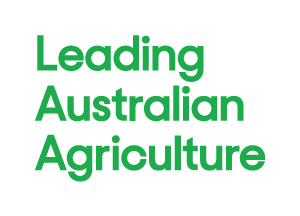The National Farmers’ Federation (NFF) has, in principle, welcomed plans to dramatically increase the food and fibre production capacity of northern Australia with the construction of three new dams.
“The natural assets of the north, the tropical climate and abundance of water and of course, its proximity to Asia, logically says the region has significant unrealised potential,” NFF President Fiona Simson said.
The Northern Australia Water Resource Assessment (NAWRA) aims to provide a scientific basis to expanding the irrigation opportunities and therefore, agriculture, across the top end.
The report identifies the Mitchell River in far north Queensland, Western Australia’s Fitzroy River and the Greater Darwin area in the Northern Territory as the best sites for potential irrigated agricultural development.
In an address to the National Press Club yesterday, Ms Simson outlined the NFF’s vision for agriculture to be a $100 billion industry by 2030.
She said bold ideas, such as that outlined by the CSIRO report, was exactly what needed to be considered to achieve such growth.
“A business-as-usual trajectory would see agriculture achieve about $84 billion by 2030. To reach $100 billion in farm gate output, we’ll need to disrupt the status quo and that means exploring new production areas.”
Ms Simson cautioned that potentially-transformational concepts, needed to be backed by objective, well-considered assessment.
“Proposals must be underpinned by substantive analysis and address the triple bottom line priorities of environmental, economic and social (including indigenous) outcomes.
“For example the lessons of water management learnt through the development of Murray Darling solutions, should be applied when creating irrigation development and infrastructure.”
Complementary to the NAWRA report findings, the NFF is exploring the establishment of Regional Agriculture Deals (RADs).
“RADs would see the ‘zoning’ of regions that are not bound by state or local government boundaries but delineated by growing environments and pathways to markets,” Ms Simson said.
“The concept would see three tiers of government working together to bring strategic growth, jobs, infrastructure and investment to the regions, alleviating some of the impacts of the phenomenal growth in our cities.
“Importantly, RADs would provide our regional communities a new identity for the future, a focus and catalyst for investment and serve to enhance the vibrancy and social fabric of our regional towns.”
Ms Simson said the RAD concept could be piloted in northern Australia with the view to being a blueprint for other regional centres such as the Mallee in Victoria or NSW’s Central West.





Add comment